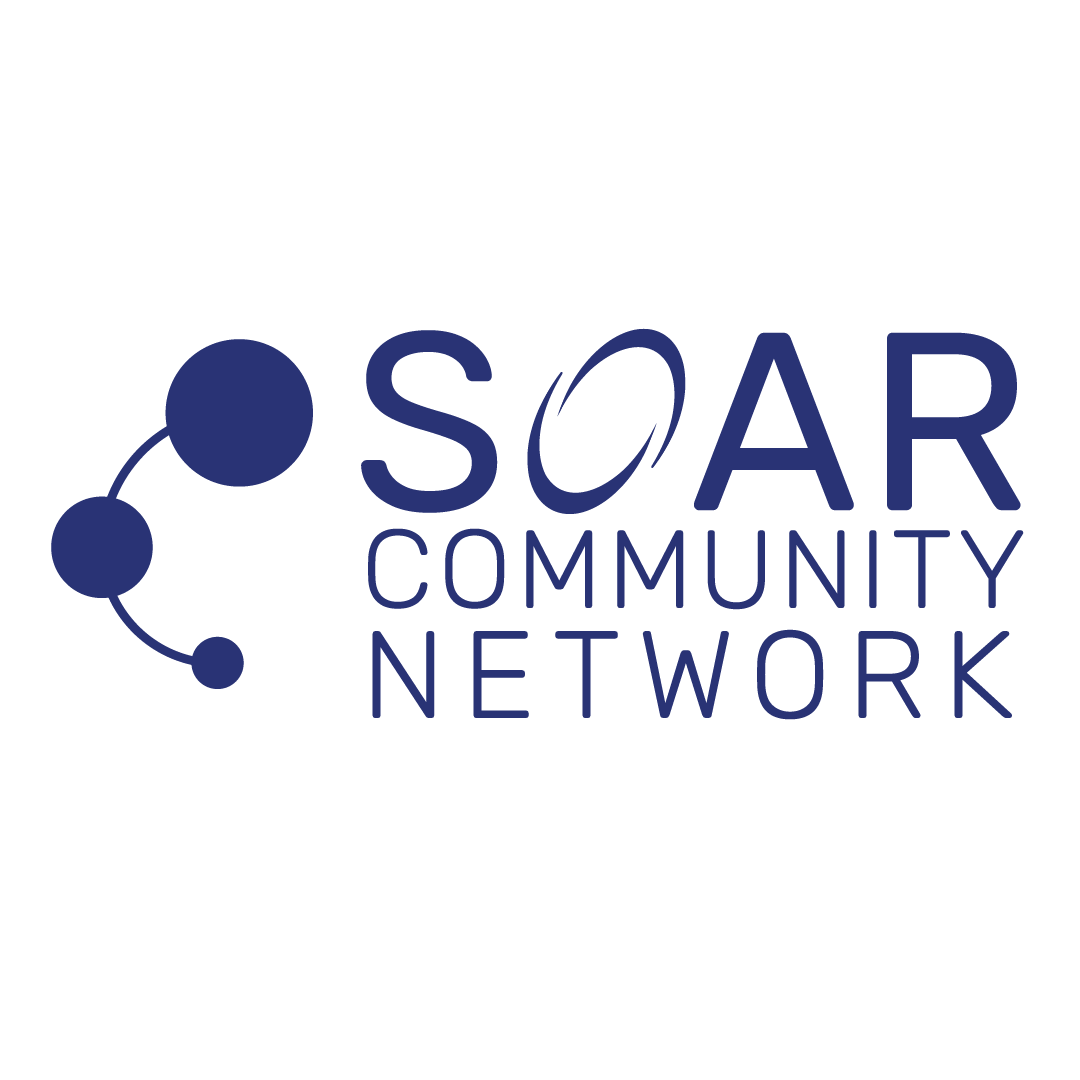Introduction
In the dynamic environments of government contracting, nonprofits, and public education, aligning an individual’s purpose with the organization’s mission, vision, and core values is pivotal. This strategic alignment is powerfully facilitated through the first stage of the C3 Framework, a transformative approach that focuses on clarifying and validating organizational and individual purposes.
The First Stage of the C3 Framework: Map Why
The ‘Map Why’ stage of the C3 Framework plays a crucial role in this alignment process. It involves a comprehensive understanding of the organization’s direction and the identification of core value sets that shape a healthy culture. By engaging in this stage, organizations can effectively link individual employee purposes with broader organizational goals.
Example in Government Contracting: In a government contracting firm, utilizing the ‘Map Why’ stage helps in identifying project managers whose personal values align with the firm’s projects, such as environmental sustainability. This alignment leads to a motivated workforce, driving innovative and sustainable solutions that resonate with the firm’s environmental mission.
Aligning Individual Purpose
Understanding each employee’s unique motivations and career aspirations is crucial. The ‘Map Why’ stage aids in this understanding, ensuring that individual roles are not just functions but extensions of personal values and aspirations.
Example in Nonprofit Organizations: In a nonprofit, the ‘Map Why’ process can uncover deep-rooted employee passions, like a marketing specialist’s commitment to educational equity. Aligning this with the organization’s educational reform initiatives leads to campaigns that are not only effective but also deeply fulfilling for the employee.
Core Values and Organizational Culture
The alignment with core values is integral to building a cohesive and productive work environment. The ‘Map Why’ stage helps organizations to define, refine, and align their vision, mission, and values at every level, ensuring that these values are lived daily by each employee.
Example in Public Education: For an administrator in a public school system, participating in the ‘Map Why’ process can highlight her commitment to inclusivity and community engagement. This insight allows the school system to align her role with initiatives that promote these values, enhancing the overall school culture.
Leadership Development
The ‘Map Why’ stage is instrumental in identifying potential leaders whose personal goals align with the organization’s strategic direction. It fosters a culture where leadership is nurtured based on shared values and visions.
Example in Government Contracting: An engineer in a contracting firm, identified through the ‘Map Why’ process as a potential leader due to his interest in efficiency and innovation, can be groomed for leadership roles that align with these attributes.
Enhancing Employee Retention
The alignment facilitated by the ‘Map Why’ stage significantly impacts employee retention. Employees feel valued and understood, fostering a sense of belonging and long-term commitment to the organization.
Example in a Nonprofit Organization: A fundraiser involved in the ‘Map Why’ process and whose interest in public health is recognized, feels more connected and loyal to the nonprofit, reducing turnover and building a stable workforce.
Conclusion
Incorporating the first stage of the C3 Framework, ‘Map Why’, into organizational practices offers a structured and effective approach to aligning individual purposes with organizational goals. This alignment is crucial in nurturing future leaders, enhancing job satisfaction, and ensuring employee retention, especially in mid-sized organizations where individual contributions significantly impact organizational success. Through ‘Map Why’, organizations can create a workforce that is not only aligned with but also deeply committed to their vision, mission, and core values.

